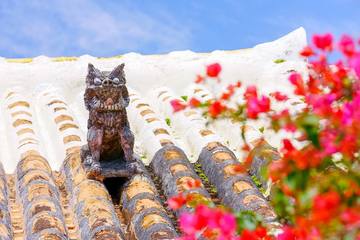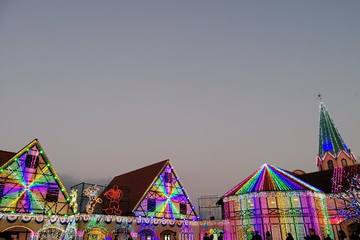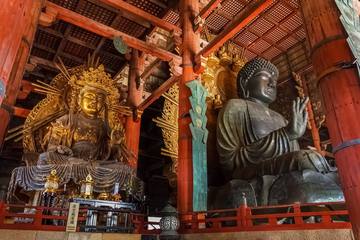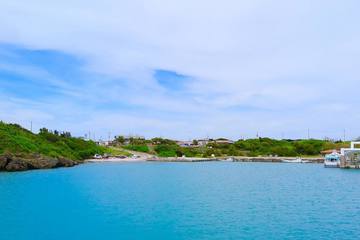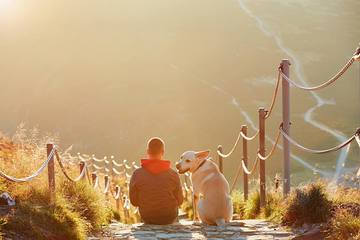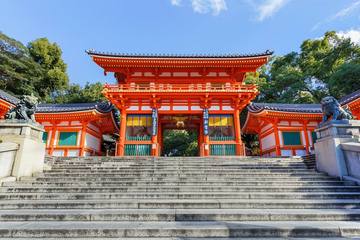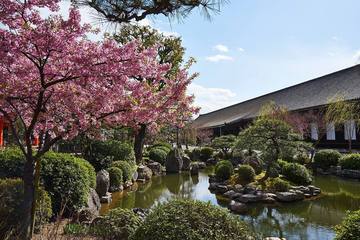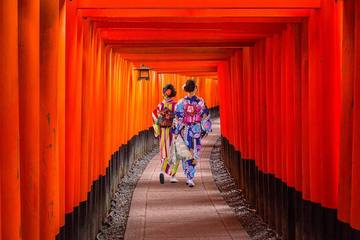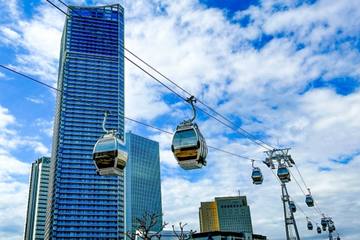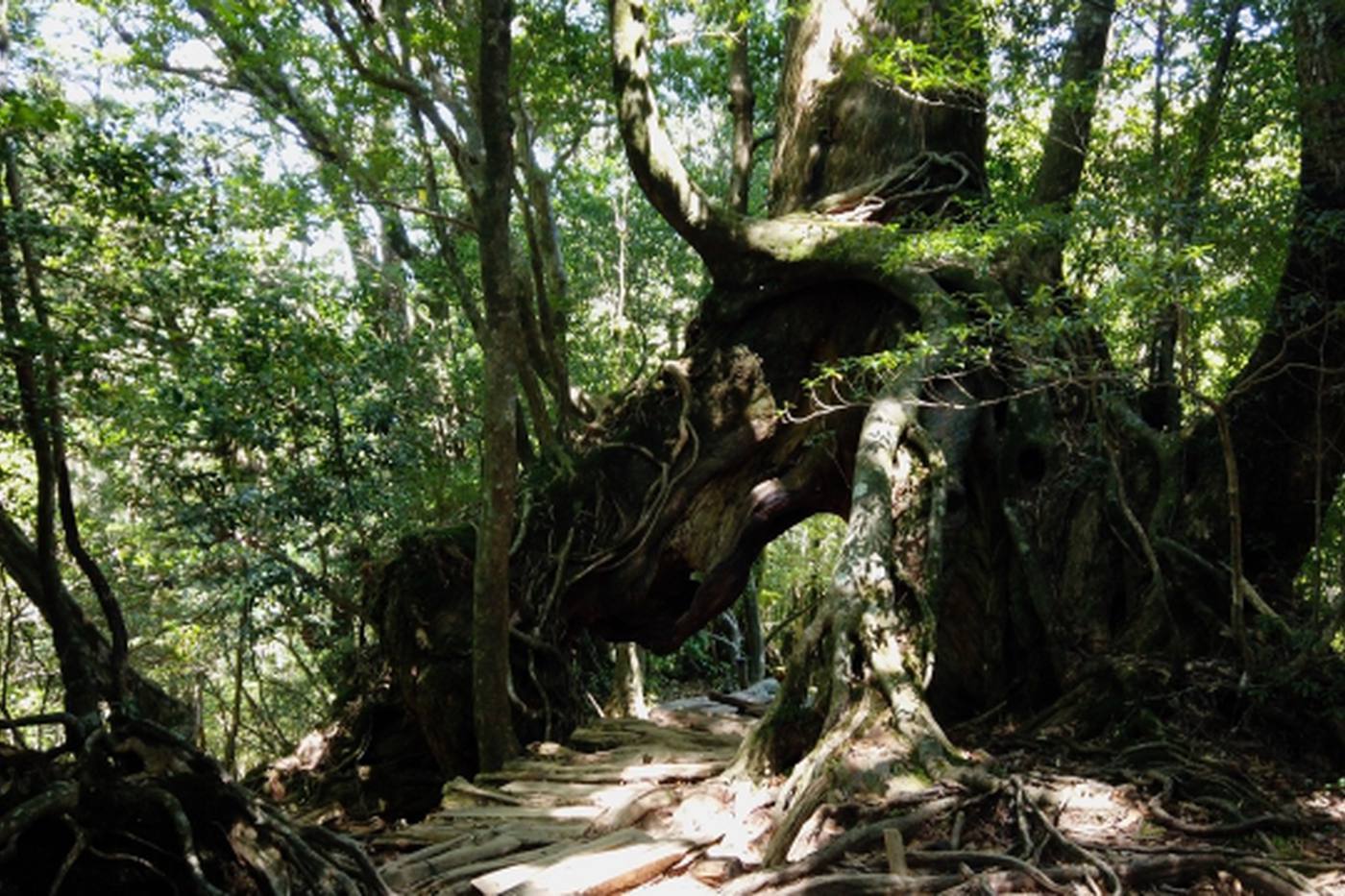
Enjoy Trekking on Yakushima Island! Basic Information on Essential Gear
Yakushima: One of Japan's First World Natural Heritage Sites. To fully embrace its magnificent nature, many people considering a trip to Yakushima Island are eager to take on the challenge of trekking.
In this article, we've compiled information about the essential gear needed for trekking on Yakushima. We'll also introduce rental equipment and guided tours with meals included to help lighten your pre-trip preparations. So, be sure to check this out for inspiration when planning your journey.
*This article is translated using ChatGPT.
For the latest information on each tourist spot and facility, we recommend checking the official website.
- 日本 、屋久島
INDEX
Essential Gear for Trekking: Clothing Guide
Essential Gear for Trekking: Items and Gear Guide
Portable Toilet and Toilet Paper
First Aid Kit, Medications, and Insurance Card
Seasonal and Itinerary-specific Equipment
[Summer] Sunscreen & Insect Repellent
[Including Camping] Sleeping Bag & Tent
How to Lighten the Load for Your Yakushima Trekking Adventure
Utilizing Rental Gear and Tours with Equipment
Participate in Tours with Included Meals
Get Fully Prepared and Enjoy Trekking on Yakushima!
Essential Gear for Trekking: Clothing Guide

Hiking Shoes
For half-day treks along beginner-friendly courses like Shiratani Unsuikyo and Mossy Forest, or full-day adventures like the popular Jomon Sugi Trek on Yakushima Island, your choice of footwear matters. Choose shoes that match the length of the trail and your trekking experience. High-cut hiking shoes with solid ankle support are recommended for longer walks, but for beginners or shorter trails, mid-cut or low-cut shoes are more comfortable. Also, opt for slip-resistant and waterproof sole shoes in case of rain.
If getting your own gear is challenging, consider a trekking tour that includes hiking shoe rentals. With expert guides and staff, you can get proper fitting and advice, making it beginner-friendly. While sneakers are allowed, they might not be ideal due to potential discomfort and slipperiness during rainy conditions and long hikes.
Rain Gear
Rain gear is a must for trekking on Yakushima Island, known for its high annual rainfall. Opt for durable waterproof and breathable materials like Gore-Tex. Instead of a poncho-style vinyl raincoat, choose separates that allow for better movement. Higher altitudes often mean lower temperatures, especially with wind, so rain gear can double as cold protection. It's wise to have rain gear prepared regardless of the season or weather.
Shirts and Pants
Aside from specialized trekking inner layers, any sportswear or quick-drying and stretchy materials will do, including regular T-shirts and long-sleeve shirts. Long pants with good mobility are essential, but during summer, pairing shorts with tights underneath is an option. There are also hiking tights designed to reduce strain on joints and muscles, serving both cold protection and injury prevention. Avoid cotton inner layers that absorb sweat and rain, as well as stiff denim materials.
Socks
Thick, cushioned socks are recommended for added comfort. Consider hiking socks with moisture-wicking and supportive features.
Gloves
Wearing gloves during trekking serves both injury prevention and cold protection. Additionally, choose gloves suited for specific seasons and purposes, like windproof gloves for winter or quick-drying and waterproof gloves for summer. If necessary, regular gloves can be substituted.
Hat
While not mandatory due to the frequent shade in mountain areas, a hat serves multiple purposes. It helps prevent sunburn and heatstroke in summer, provides cold protection in winter, and aids visibility during sudden rain. Wear it based on weather conditions and your needs.
Essential Gear for Trekking: Items and Gear Guide

Backpack and Rain Cover
For trekking, opt for a backpack known as a "zack" or "pack" specifically designed for mountaineering, instead of using a shoulder bag or everyday backpack. Supported by shoulder and hip belts, these packs keep your balance steady and are comfortable for walking. Depending on the trail duration and days, the size and weight you need might vary. It's a good idea to visit a mountaineering equipment store to try on different options in person. Since sudden rain is possible on Yakushima Island, also prepare a waterproof rain cover for your backpack.
Consider shops that offer backpack rentals or trekking tours with rental equipment if getting your own backpack proves difficult.
Headlamp
Even on day hikes, you might start early or end up descending in the dark due to unexpected delays. Always carry a headlamp for safety. While a flashlight is handy for camping on longer trails, a headlamp that keeps your hands free is sufficient for day hikes.
Trekking Poles
While not essential, trekking poles can ease the strain on your body during long hikes. Foldable and lightweight trekking poles are available nowadays and can be bought for around $30, making them worth considering based on your needs.
Rain Gear
Rain gear is a must on Yakushima's trails. Alongside rainproof clothing, having a compact umbrella is beneficial. Since shelters are scarce for breaks and meals, having an umbrella can be handy when eating lunch in the rain or accessing items in your backpack.
Moreover, if you expect heavy rain, consider bringing mountaineering gaiters in addition to rain gear. They prevent rain from entering your pants and help keep you comfortable during inclement weather by keeping mud away.
Water Bottle
Water sources are abundant on Yakushima's trekking trails, allowing you to refill your bottle from streams. Bring a water bottle or a 16-ounce (500mL) sized water bottle.
Lunch
No places to buy lunch are available during trekking, so bring your own lunch. Given the popularity of trekking on Yakushima, there are several lunch shops in the town, and some accommodations might provide packed lunches. Since you might need to pick up the lunch early in the morning, remember to reserve it in advance. Be aware that purchasing lunch on the day might not be possible.
For those concerned about procuring food for trekking or aiming to simplify preparations, consider pre-arranged packed lunches or tours with included meals.
Trail Snacks
Trail snacks are portable foods you can consume during movement or breaks for energy replenishment. Carry candies, chocolates, nuts, energy gels, and more to refuel quickly. Additionally, having your favorite treats on hand can boost your energy and enjoyment.
Portable Toilet and Toilet Paper
Toilets are primarily available near mountain huts, but they're limited elsewhere. However, portable toilet booths are set up in several locations, ensuring a more comfortable trekking experience. Toilet paper might not be available, so bring what you need or pack extra tissues as an alternative. The number of toilets and portable toilet booths varies by trekking course, so check the route map in advance.
Trash Bags
Bringing trash back is a crucial principle in trekking and mountaineering, not just on Yakushima. Always have trash bags with you. Since you're also responsible for carrying out waste from portable toilets, having sealed plastic bags on hand is helpful.
Cell Phone and Watch
For emergency communication, don't forget your cell phone or smartphone. If you plan to take numerous photos and videos with your phone's camera, consider bringing a portable charger to ensure it doesn't run out of battery. Additionally, using your phone's clock function or wearing a watch can help you check your walking pace and manage your time to descend.
Map and Compass
Although cell phones or smartphones can substitute for these tools, mountainous areas might have unstable signals or communication issues. Especially when trekking without a tour guide, having a mountain map and compass for unexpected situations is reassuring.
First Aid Kit, Medications, and Insurance Card
During long treks, there's a chance of injuries from falls or foot discomfort, among other issues. To be prepared for emergencies, have a first aid kit containing bandages, adhesive tapes, antiseptics, and other essentials. Additionally, changes in temperature, weather, or altitude could cause stomachaches or headaches, so carrying necessary medications can be helpful. Don't forget to bring your insurance card in case of unforeseen events.
Seasonal and Itinerary-specific Equipment

[Summer] Sunscreen & Insect Repellent
If you're planning a summer trek, make sure to bring sunscreen and insect repellent. Since you'll likely sweat more during summer hikes, consider packing extra clothing, towels, and sports drink powder as well.
[Winter] Cold Weather Gear
From autumn to winter, adjust your clothing with layers according to the temperature and perceived coldness. Having lightweight items like thin fleeces and neck warmers that are easy to carry can be useful.
[Including Camping] Sleeping Bag & Tent
For itineraries that involve overnight stays, a sleeping bag (or "shurafu" in Japanese) is essential. Additionally, to ensure insulation and comfortable sleep, bring a sleeping mat to place under the sleeping bag. Mountain huts on Yakushima Island are primarily designed as emergency shelters, equipped with water sources and toilets nearby, but they don't have phone lines or electricity. Anything you need for your stay must be brought with you.
While these huts are available for accommodation, it's important to note that during peak seasons like Golden Week and summer holidays, they might be crowded, limiting availability. Consequently, bringing a tent is also necessary. Many guided tours provide tents through the assigned guide, so confirm this when making reservations.
How to Lighten the Load for Your Yakushima Trekking Adventure

Utilizing Rental Gear and Tours with Equipment
Preparing for a Yakushima trek can be quite overwhelming due to the necessary trekking equipment and regular travel items. However, on Yakushima, there are mountaineering equipment stores and rental shops where you can either arrange your trekking gear on-site or rent specific items.
Especially if you want to minimize your travel luggage or reduce the hassle of picking up and returning rental items, consider tours that include equipment rentals. There are various plans and options available, such as tours with rental sets including shoes, backpacks, and rain gear, as well as tours offering comprehensive equipment rental. You can choose according to your existing gear. Moreover, in these tours, knowledgeable guides not only provide route guidance but also teach you how to use the equipment and offer tips for walking in adverse weather conditions, making them suitable even for beginners.
Participate in Tours with Included Meals
One thing that tends to be forgotten amid all the equipment preparation is procuring meals during trekking, especially lunch. While there are supermarkets and local stores on Yakushima, major convenience store chains are absent. Buying lunches and drinks on the go isn't as simple, requiring advance reservations and preparation before your trek.
That's why participating in tours where the guide prepares lunches and meals during camping can be highly recommended. Not only does it relieve concerns about meals, but the guides, having walked the routes many times, can provide meals taking into account weather conditions and participant fatigue. These meals might include using local ingredients and packed lunches, offering numerous advantages. Make sure to check these tour options for a worry-free experience.
Get Fully Prepared and Enjoy Trekking on Yakushima!
Since Yakushima boasts pristine untouched nature, it's essential to bring everything you need and take back everything you use.
To ensure safe and comfortable trekking, make sure your equipment is well-prepared and fully embrace the Yakushima experience.
※Please note that transportation and facility fees, as well as timings, are subject to change without notice. For the latest information, kindly verify on the official website as well.
*Thank you for reading the article!
To improve YOKKA's service, we kindly request your participation in a survey below.
YOKKA


